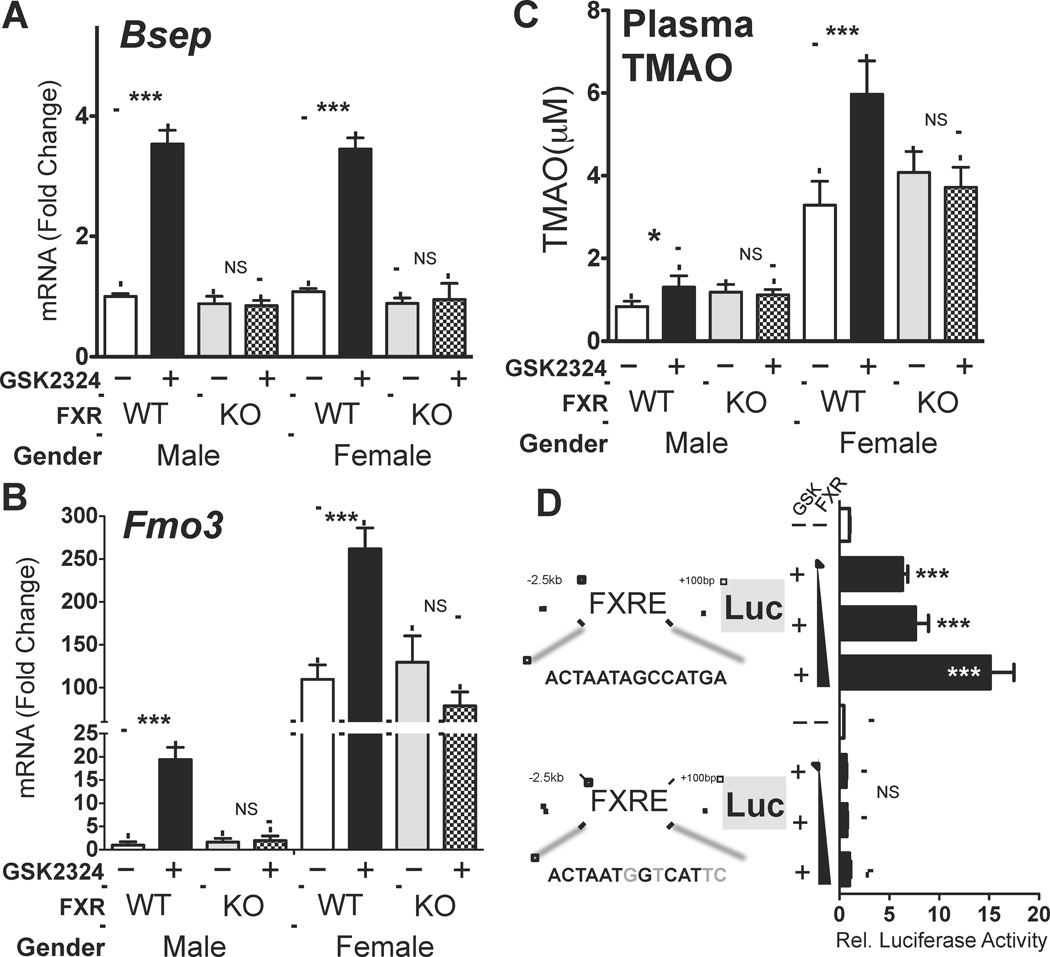Figure 6. FMO3 is an FXR Target Gene and FXR Activation Induces FMO3 and Increases Circulating TMAO Levels in vivo.
(A) Hepatic Bsep and (B) Fmo3 mRNA levels normalized to 36B4, were determined in male and female wild-type and Fxr−/− mice treated with GSK2324 at 30 mpk/day for 3 days (n=7–10 mice/group). (C) Plasma TMAO levels from the same mice were determined by LC/MS/MS. (D) Luciferase reporter plasmids under the control of either 2.5kb of the wild type mouse FMO3 promoter or the promoter containing a mutant FXRE, were transfected into Hep3B cells (6 wells per condition) in the presence of increasing amounts of pcDNA FXRα2 and treated with vehicle (water) or GSK2324 (1µM). Promoter activity was determined by luciferase assay and normalized to β-galactosidase (co-transfected to account for transfection efficiency). Data are presented as mean ± SEM. Significance was measured with Student’s t-test. * indicates p < 0.05, ** indicates p < 0.01 and *** indicates p < 0.001.

